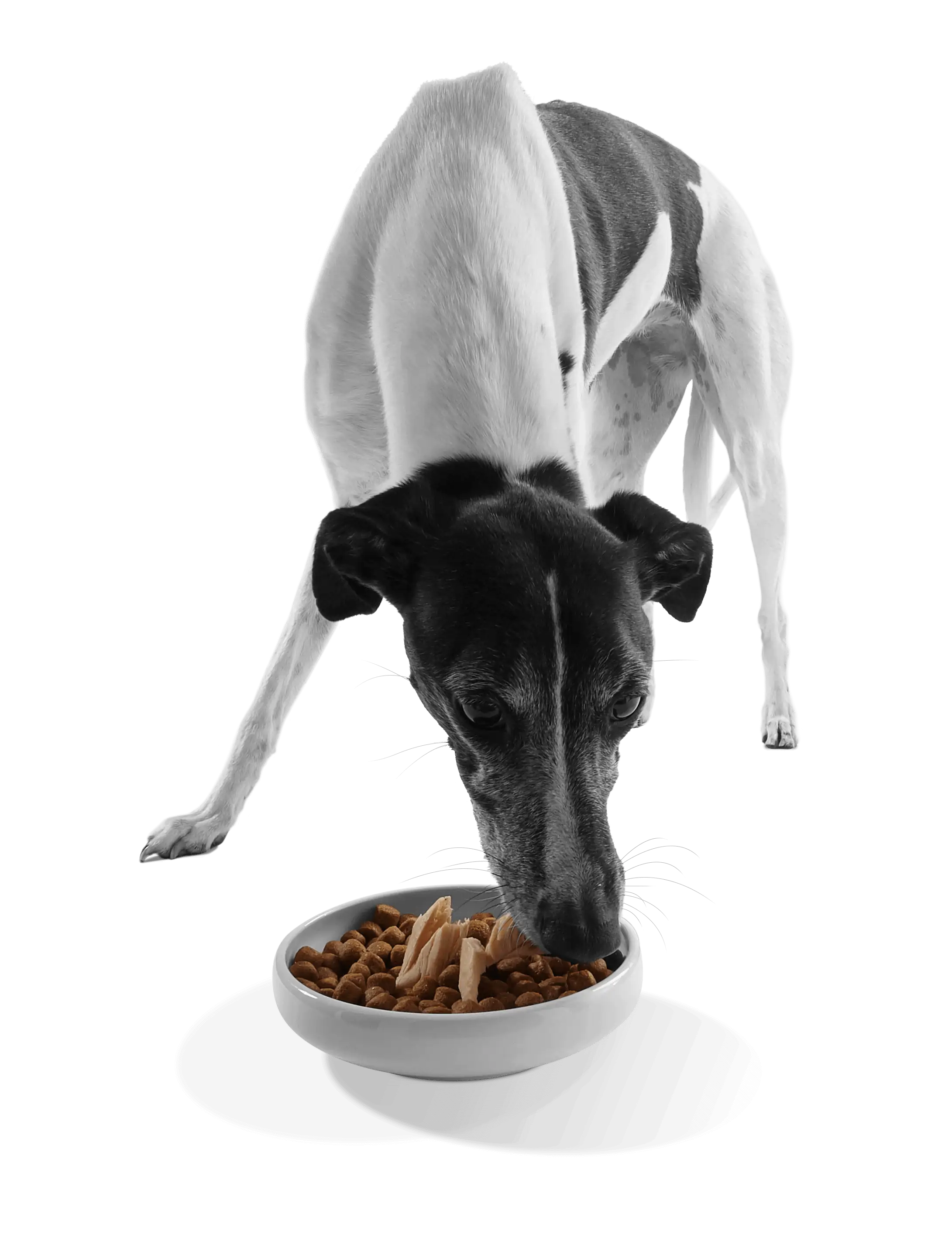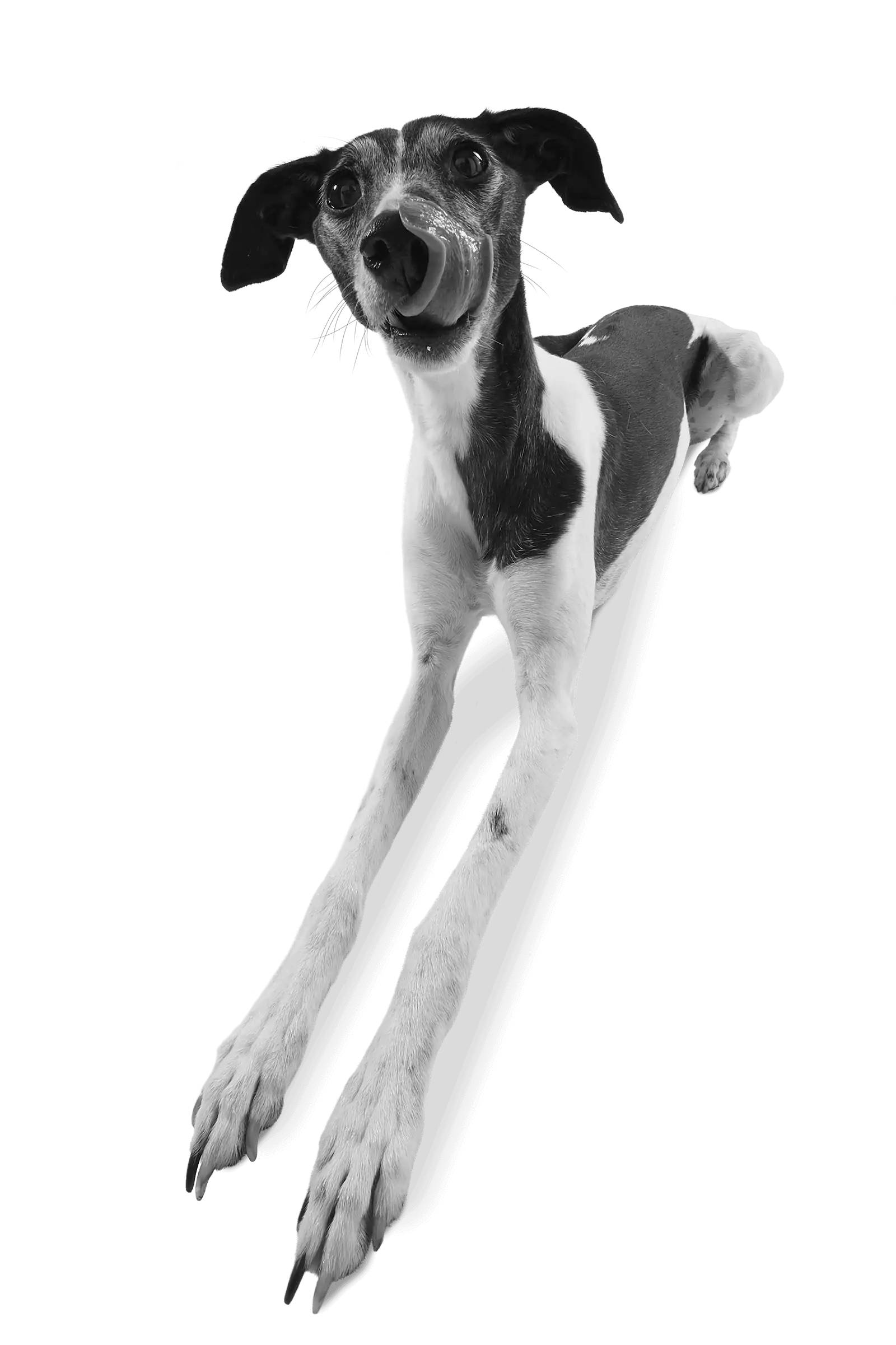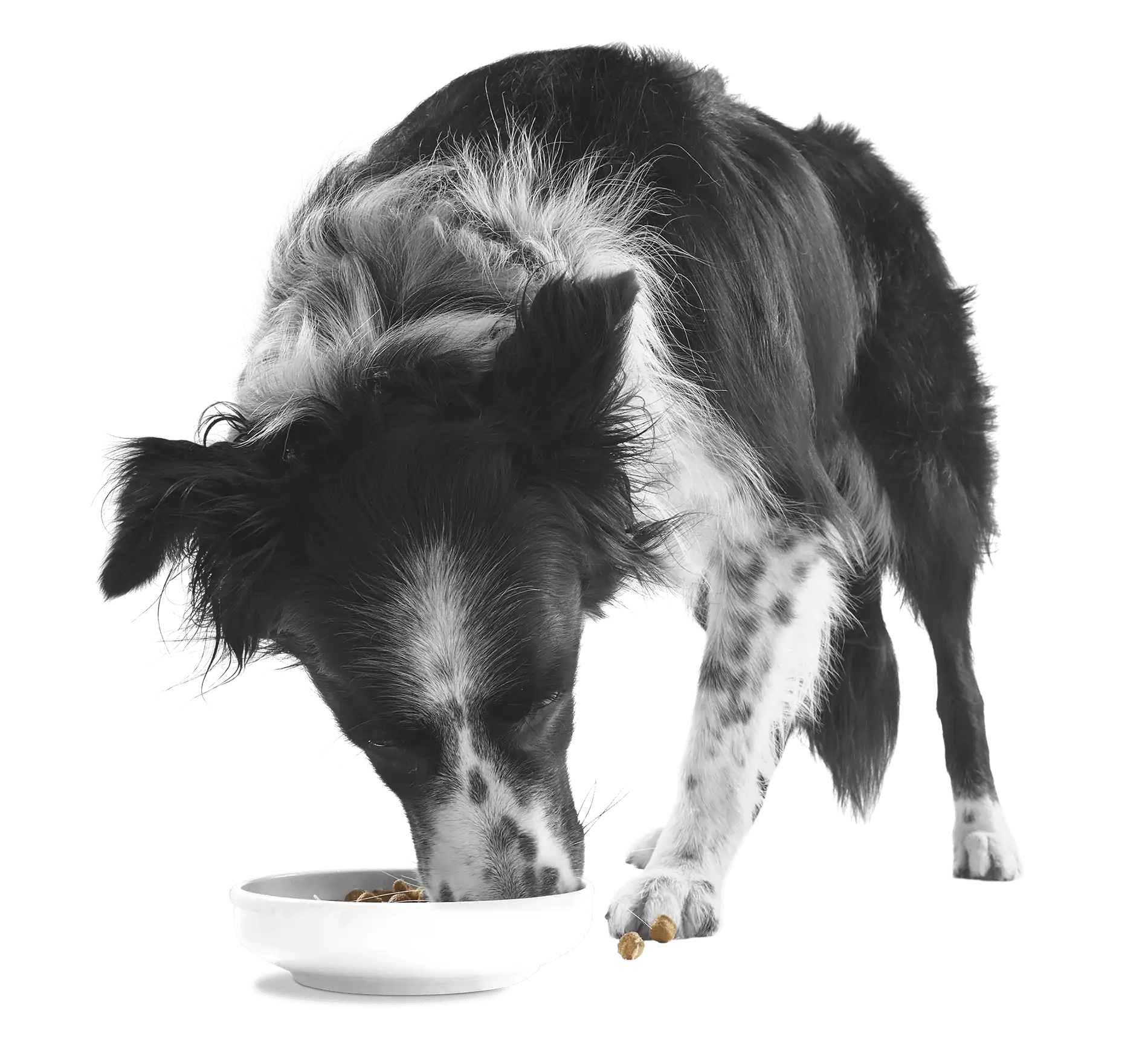Has your pet become more crab-like than dog-like?
Have they started to move in an obscure fashion that belies even their quirkiest of quirks?
This abnormal and rather strange side-shuffle can raise concerns in pet parents.
However, nine times out of ten, it doesn’t tend to be anything to worry about.
This barking mad behaviour is referred to as “crabbing” and is actually quite common.
The main reasons behind your dog walking sideways
- Mechanics. Every dog, just like their human counterparts, has their own distinct way of walking. Different breeds, builds, ages, agility levels, athleticism, will all have a say on how they strut. Some are just simply made that way and haven’t known any different since birth. It prevents certain gangly-legged types from tripping themselves up, meaning they can put their best foot forward.
- Hip dysplasia. A malformation of the hip ball and socket joint during a dog’s growth period, which is a painful condition. It can cause extreme discomfort, swelling and eventual arthritis. Many dogs inherit the condition from one of their parents, and symptoms usually start to occur during development.
- Vestibular Disease. A non-progressive disorder that compromises the balance system within our pets. Common signs of this condition include a loss of balance, a general unsteadiness, eye flickering, constant rolling over and falling. Vestibular disease usually impacts older dogs.
- Injury. If your usually straight-walking tail-wagger has all of a sudden turned into a sidewinding sidekick then the chances are that your four-legged friend has sustained some form of injury. It could be something completely innocuous, like a small prang while out exploring, or it could be something slightly more serious, like a twist or fracture. Keep a close eye on them to see whether the issue is causing them distress and whether it persists.
- Illness. This can manifest in many forms, some more concerning than others. Perhaps they’re just feeling under the weather, causing them to be slightly clumsier than normal, or maybe it is something that might require veterinary attention. It could be a nutritional deficiency, an ear infection, an issue with their anal gland or an orthopaedic problem. A professional would be able to rule any of these concerns out, and give pet parents some peace of mind.
Is it normal for a puppy to walk sideways?
Absolutely. It can be one of the many weird and wonderful traits that our fabulous pets inherit at birth.
Every one of our beautiful barkers is as unique and as independent as the next, and that’s why we love them!
It’s possible that they’re simply uncoordinated; some breeds have short bodies and long legs, while others have wayward gaits that can prove troublesome.
Some puppies can take a little bit longer to develop than others, meaning their catwalk (or dogwalk to be more precise) will take a little longer to perfect.
However, there are other factors that can cause our canine counterparts to walk sideways that need investigation and intervention.
It could be an underlying injury or illness that has led to the defect, or a debilitating disease/condition, which will require immediate attention.
If it’s a trait that has come out of the blue then monitor your dog, assess their mood/demeanour and have them checked out by a professional if needed.
At what point should you seek veterinary support?
You know your furry flatmate inside out.
Their behavioural nuances, personality quirks, their dietary preferences, the way they talk, and the way they walk!
Dogs can live with this not-so-dainty deficiency all their lives without suffering from any pain or inconvenience.
But if – out of nowhere – you notice that your dog’s gait has altered suddenly and they appear to be in some distress and discomfort, then it is time to schedule an appointment with your vet.
If the problem has started to compromise their quality of life, and is directly interfering with their health, happiness and well-being, it is absolutely necessary to have them checked out as soon as possible.
The vast majority of causes leading to crabbing, or sideways-walking dogs, are completely innocent, but others are completely out of the ordinary and require attention.
Your vet will be able to carry out a full examination to let you know if your dog’s behaviour is linked to hip dysplasia, vestibular disease, a nutritional deficiency, an orthopaedic issue, an ear infection, or any other underlying problem.
Better safe than sorry
We all just want the best for our pups.
We dedicate a considerable chunk of our daily lives to ensuring that they’re glowing on the inside and out.
Their happiness and health is of paramount importance to pet parents because we just want to see our dogs thrive.
And if they’re hurting on the outside, then they’re probably hurting on the inside too.
More often than not “crabbing” is something and nothing and won’t therefore affect your pet’s quality of life.
But if it’s something that has occurred suddenly, and it is visibly causing them pain, then it is best to get them checked over.
The sooner they are seen to, the sooner your vet can get to the bottom of the issue, meaning they can get back to their normal selves in no time!






















